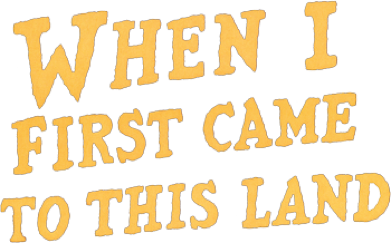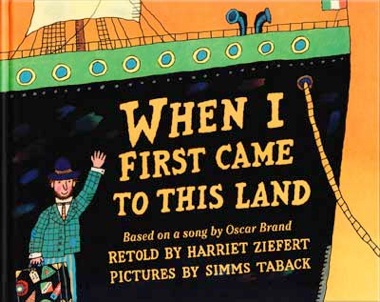Order this book on...
┬Ā
┬Ā
┬Ā


















┬Ā









The new land holds a world full of promise for a young man who comes to it with a strong back, a loving heart and a sense of humor. SimmsŌĆÖ joyful art celebrates the spirit of those who came to this country and boldly made a brand-new life for themselves and future generations.
ŌĆö from the Publisher












┬Ā
┬Ā




















